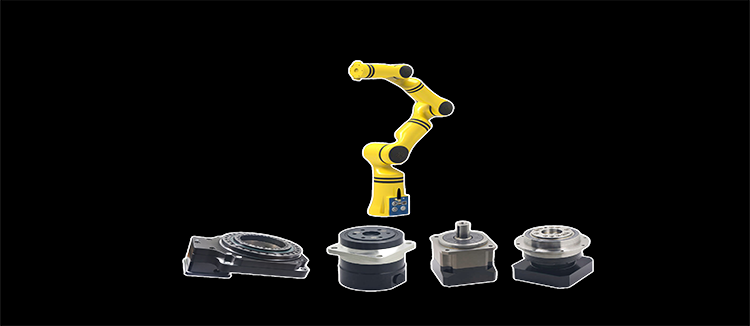The Rise of Industrial Robotic Arm: Revolutionizing Automation in Manufacturing
The advent of the Industrial Robotic Arm has marked a significant milestone in the evolution of automation technology. These sophisticated mechanical devices have become an integral part of modern manufacturing processes, offering unprecedented levels of precision, speed, and efficiency. As the backbone of advanced robotics, Industrial Robotic Arms are transforming the way we approach production, assembly, and material handling tasks.
Designed to mimic the human arm, Industrial Robotic Arms are equipped with multiple joints that allow for a wide range of motion. This flexibility enables them to perform complex tasks with ease, from simple pick-and-place operations to intricate assembly work. The integration of sensors and advanced control systems further enhances their capabilities, allowing for real-time adjustments and adaptability to varying conditions.
One of the key advantages of Industrial Robotic Arms is their ability to work tirelessly around the clock. Unlike human workers, these machines do not require breaks, and their performance remains consistent without the risk of fatigue or error. This reliability leads to increased productivity and reduced downtime, which is crucial in a competitive manufacturing environment.

The precision of Industrial Robotic Arms is another area where they excel. With high-accuracy positioning systems, these arms can repeat tasks with minimal deviation, ensuring that products are manufactured to exact specifications. This level of precision is particularly important in industries where quality control is paramount, such as automotive, aerospace, and electronics manufacturing.
In addition to precision and endurance, Industrial Robotic Arms also offer versatility. They can be programmed to perform a variety of tasks, making them suitable for a wide range of applications. This adaptability allows manufacturers to reconfigure their production lines quickly and cost-effectively, responding to market demands and reducing the need for specialized machinery.

Safety is another critical aspect where Industrial Robotic Arms excel. By automating hazardous tasks, these arms reduce the risk of injury to human workers. They can operate in environments that are too dangerous or uncomfortable for humans, such as high-temperature or toxic settings, further enhancing workplace safety.
The integration of Industrial Robotic Arms into the manufacturing process also opens up possibilities for data collection and analysis. As these arms perform tasks, they generate data that can be used to optimize production processes, identify inefficiencies, and predict maintenance needs. This data-driven approach to manufacturing is a cornerstone of Industry 4.0, where the convergence of physical and digital technologies is reshaping the industrial landscape.
Despite the many benefits, the implementation of Industrial Robotic Arms does come with challenges. The initial investment can be substantial, and there is a need for skilled technicians to maintain and program these advanced systems. However, as technology progresses and becomes more accessible, the cost of entry is decreasing, making it more feasible for a broader range of industries to adopt robotic automation.
Looking to the future, the development of more advanced Industrial Robotic Arms is expected to continue. With advancements in artificial intelligence and machine learning, these arms will become even more intelligent, capable of making decisions and adapting to new tasks with minimal human intervention. This evolution will further blur the line between human and machine, leading to a new era of智能制造.
As the Industrial Robotic Arm continues to revolutionize the manufacturing industry, it is clear that its impact will be felt far and wide. From improving efficiency to enhancing safety, these arms are setting a new standard for what is possible in automation. The future is bright for Industrial Robotic Arms, and their influence will undoubtedly shape the way we think about manufacturing for years to come.










